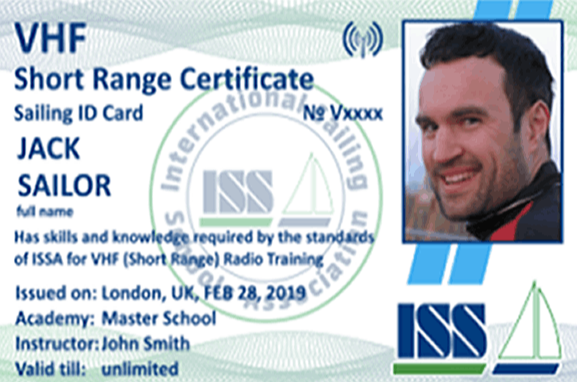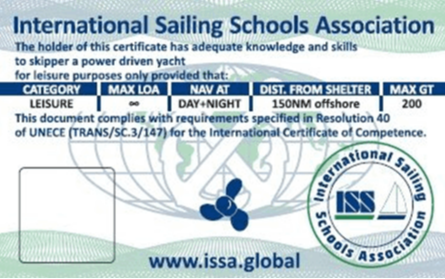



The transmission and reception of DSC alerts is one of the greatest capabilities of a VHF radio which is made possible through the VHF DSC controller. DSC alerts are used to “get your attention” to follow up with voice communication.
DSC is used for a large number of reasons which are:
automatic rather than manual radio surveillance is available;
Alerts using DSC are very quick (approximately 0.5 seconds on the dedicated frequency in the VHF marine band) and do not take as long as manual voice calls. This is very important particularly in areas where VHF channels are often busy;
danger alerts can be quickly activated with a press of the "danger" button;
various other categories of alerts are available with the following order of priority: Danger, Urgency, Safety and Routine.
The following VHF DSC alerts are available (Who are we calling?):
ALL SHIPS – an alert to all ships within the VHF range of the station sending the alert
INDIVIDUAL – an alert addressed to and received only by one radio station within the VHF range
GROUP – an alert addressed to and received by all those ships that have the group MMSI within the VHF range
GEO – an alert to a specific geographic area received by all stations within that area
DSC alert types are tied to particular categories or priorities.
Categories (priorities) of DSC (Why are we calling) alerts:
DSC alerts are classified according to their importance and are listed below in decreasing order of priority:
DANGER – indicates that a person or vessel is in serious and imminent danger and requires immediate assistance (highest priority usually transmits to all stations)
URGENCY – indicates an urgent call regarding the safety of a person or vehicle (may be broadcast to all ships, in a geographical area or to a single station)
SAFETY – indicates a call regarding MSI (Maritime Safety Information), for example, weather forecasts/broadcasts or navigation warnings (may be broadcast to all ships, in a geographical area or to a single station)
ROUTINE – indicates a call of the lowest priority involving routine communications, for example, setting up an RT call link through a CRS to a shore subscriber (normally transmitting to all ships or to a single station)
VHF Course Program (Duration: 1 day)
1. Emergency Calls:
Mayday: What it is and when to use it, simulation of an emergency call.
Mayday Relay: How to forward an emergency call on behalf of another vessel.
Pan Pan: Not immediately life-threatening emergency signals.
Security Call: Safety call for non-emergency but navigationally relevant warnings (e.g. dangers to navigation).
2. MIPDANIO procedure (for managing emergency communications):
M: Mayday
I: Identity (name of vessel)
P: Position
D: Type of emergency
A: Assistance required
N: Number of persons on board
I: Additional useful information
O: Over (end of communication)
3. Safety Devices:
EPIRB (Emergency Position Indicating Radio Beacon): What it is, how it works, when and how to activate it.
AIS (Automatic Identification System): Introduction to AIS equipment, use to avoid collisions and to identify vessels.
Radar: Operating principles of radar and its role in safe navigation.
4. International Organizations and Regulations:
CEPT (European Conference of Postal and Telecommunications Administrations): Explanation of the regulations that govern radio communications at European level.
IMO (International Maritime Organization): Role and responsibilities of the IMO in maritime regulation.
ITU (International Telecommunication Union): Global regulations for radio frequencies and radio communication.
5. Satellite Technologies:
Use of satellites for emergency communications and localization.
Final Exam: At the end of the course, an exam will be taken with an external examiner to assess the knowledge acquired, with practical and theoretical tests on the use of VHF communications and emergency procedures.
---
This course prepares participants not only to correctly use VHF communications in ordinary and emergency situations, but also to understand the regulatory and technological context that governs such communications.